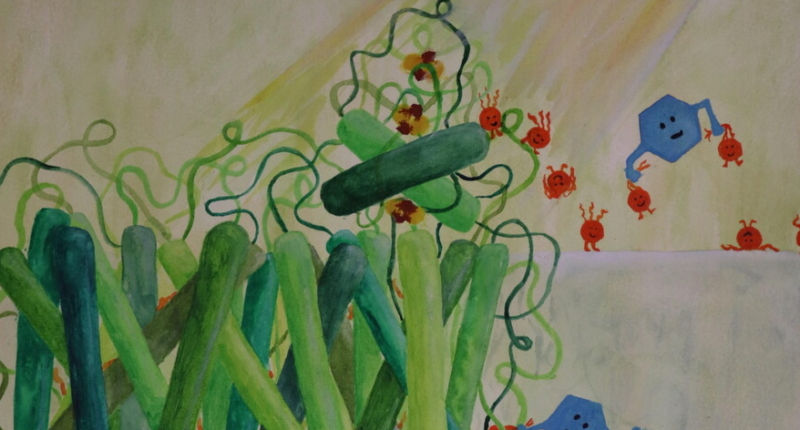An international team led by experts from the University of Cambridge has discovered a new way to extract energy from photosynthesis that could lead to the development of new clean fuels and renewable energy sources. The researchers used a technique called ultrafast transient absorption spectroscopy to study the molecules that “steal” electrons from the structures. They discovered that the protein structure where the initial chemical reactions of photosynthesis take place is “leaky”, allowing electrons to escape. This discovery could aid in the development of new ways to generate clean fuel and renewable energy. Additionally, the leakiness of the protein structure could help plants protect themselves from damage from bright or rapidly changing light. Dr Jenny Zhang from the University of Cambridge’s Yusuf Hamied Department of Chemistry described the discovery as “mind-blowing.”
Researchers Discover New “Hack” in Photosynthesis for Clean Energy
A team of international researchers, led by experts from the University of Cambridge, has discovered a new way to extract energy from photosynthesis that could lead to the development of new clean fuels and renewable energy sources. By studying the process of how plants convert sunlight into energy, the researchers found that electrons can escape from their molecular structures much earlier than previously thought. The team’s discovery has opened up what they describe as the “black box of photosynthesis”.
The researchers used a technique called ultrafast transient absorption spectroscopy to study the molecules that “steal” electrons from the structures. These molecules, known as quinones, are capable of accepting and giving away electrons easily. The researchers discovered that the protein structure where the initial chemical reactions of photosynthesis take place is “leaky”, allowing electrons to escape.
The discovery could make the process of extracting clean energy from photosynthesis more efficient. The ability to extract charges earlier in photosynthesis could help manipulate photosynthetic pathways to generate clean fuels from the sun. Dr Laura Wey, a co-author of the study who did the research in Cambridge University’s Department of Biochemistry, said that the fact that they didn’t know this pathway existed is exciting because they could be able to harness it to extract more energy for renewables.
Many scientists have tried to extract electrons from an earlier point in photosynthesis, but they said it wasn’t possible because the energy is so buried in the protein scaffold. Dr Jenny Zhang from the University of Cambridge’s Yusuf Hamied Department of Chemistry, who co-ordinated the research, said that no one had properly studied how this molecule interplays with photosynthetic machineries at such an early point of photosynthesis, and they thought they were just using a new technique to confirm what they already knew. Instead, they found a whole new pathway and opened the black box of photosynthesis a bit further.
The researchers believe that this discovery could aid in the development of new ways to generate clean fuel and renewable energy. The leakiness of the protein structure could also help plants protect themselves from damage from bright or rapidly changing light.
Regulating Photosynthesis Could Help Crops Tolerate Intense Sunlight
According to the international team of researchers, led by experts from the University of Cambridge, regulating photosynthesis could make crops more able to tolerate intense sunlight. The scientists also found that they could extract electrons from an earlier point in photosynthesis, which had previously been thought impossible due to the energy being buried in the protein scaffold. The team was initially surprised by the discovery, and it took a while for them to convince themselves that they had done it. Dr Jenny Zhang from the University of Cambridge’s Yusuf Hamied Department of Chemistry described the discovery as “mind-blowing.”
Don’t miss interesting posts on Famousbio









